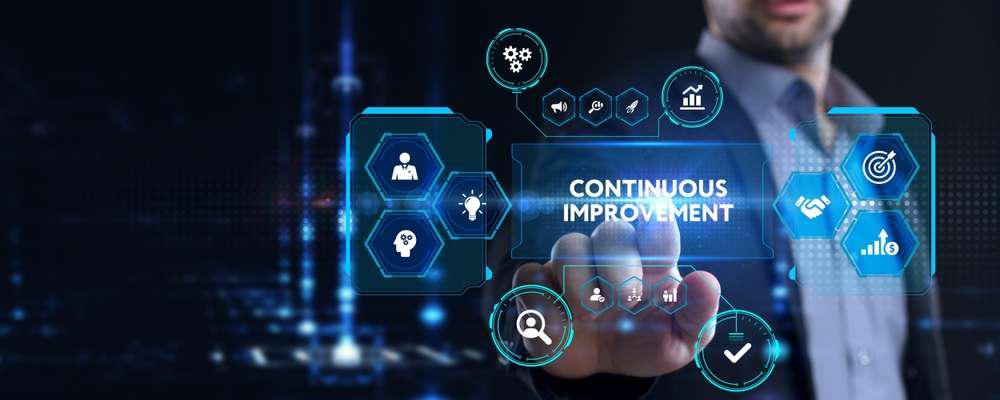How to Foster Continuous Improvement in Accounting

In the ever-evolving world of finance and
accounting, the pursuit of excellence and efficiency is a constant endeavor. Building a culture of continuous
improvement within your accounting department is the key to staying ahead in today's dynamic business landscape. In
this
blog post, we will explore the importance of cultivating a culture of continuous improvement, and provide practical
steps to empower your accounting team to embrace innovation, adapt to change, and deliver exceptional financial
outcomes.
1. Understanding Continuous Improvement:
Continuous improvement is a
mindset
that promotes ongoing assessment, adaptation, and optimization of processes to achieve better results. In the
accounting
context, it entails seeking innovative ways to enhance accuracy, streamline workflows, and add value to financial
reporting and analysis.
2. Leading by Example:
Fostering a culture of continuous
improvement starts with leadership. As a manager or department head, lead by example by actively encouraging
feedback,
embracing change, and supporting experimentation.
3. Open Communication and
Feedback:
Create an environment where team members feel comfortable sharing ideas, suggestions,
and
concerns. Encourage regular feedback sessions to identify areas for improvement and address challenges
together.
4. Goal-Setting and KPIs:
Set clear and achievable goals for the accounting
department, aligned with the organization's strategic objectives. Establish key performance indicators (KPIs) to
track
progress and celebrate successes.
5. Encourage Innovation:
Promote a culture of
innovation by encouraging team members to explore new tools, technologies, and methodologies that can enhance
efficiency
and accuracy in accounting processes.
6. Training and Skill Development:
Invest in
ongoing training and skill development programs for your accounting team. Equipping them with the latest industry
knowledge and tools will empower them to excel in their roles and contribute to continuous
improvement.
7. Process Mapping and Streamlining:
Conduct regular process mapping
exercises to identify bottlenecks and inefficiencies in accounting workflows. Collaboratively develop solutions to
streamline processes and eliminate wasteful practices.
8. Celebrate Successes and Learn from
Failures:
Recognize and celebrate achievements, both big and small. Equally, view setbacks as
learning opportunities and encourage team members to apply lessons learned to future endeavors.
9.
Cross-Functional Collaboration:
Encourage collaboration with other departments, such as finance,
operations, and IT. Cross-functional teams can offer fresh perspectives and foster a holistic approach to continuous
improvement.
10. Measure and Track Progress:
Regularly measure and track the results
of
improvement initiatives. Use data-driven insights to identify trends and determine the impact of changes on
accounting
processes.
Cultivating a culture of continuous improvement within your accounting department is a journey
that
requires commitment, collaboration, and adaptability. By embracing innovation, open communication, and ongoing
learning,
your accounting team can stay ahead of industry trends, enhance efficiency, and deliver accurate financial insights
to
support the organization's growth. A culture of continuous improvement not only empowers your team but also
positions
your accounting department as a strategic partner in achieving long-term success for your organization.



